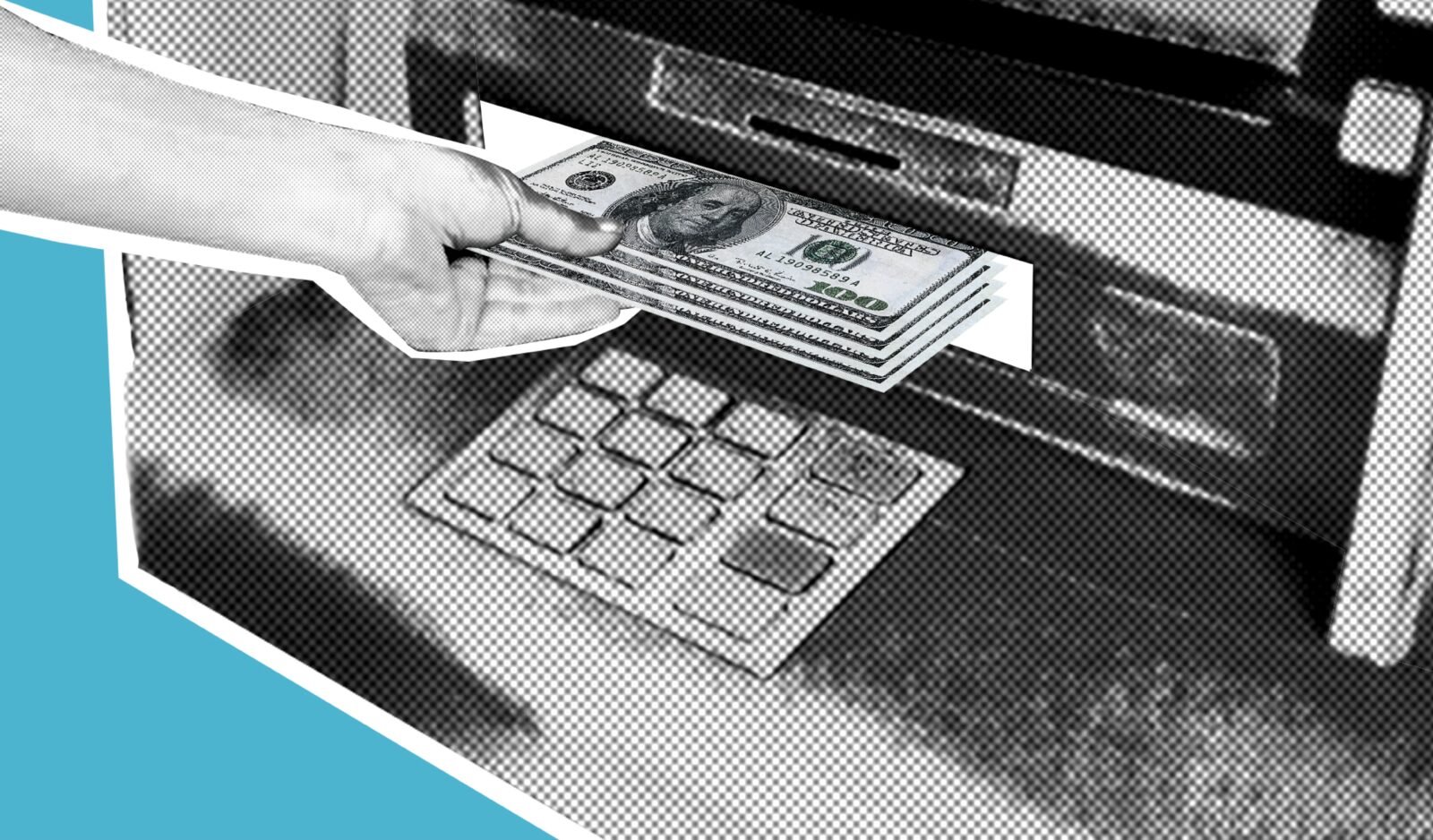Rarely is the case when someone doesn’t have to send money to someone. Be it the child who is studying in another state or your parents or any other person whom you wish to pay. Transferring funds has been made super easy through online banking platforms but sometimes you might need to transfer funds through an ATM machine. This is an old technique to send money far away. And since it requires technology and isn’t new, it has caught the eyes of hackers. Yes, you thought it right, you can be hacked if you transfer funds through an ATM.
First, let’s see the process of transferring funds through an ATM.
- Locate the nearest ATM.
- Insert your ATM card here.
- Choose your preferred language.
- Enter the PIN for your debit card.
- Choose ‘Yes.’
- From the bottom corner, select the ‘Fund Transfer’ option.
- Submit the beneficiary’s information, such as bank account number and bank name.
- Select the sort of bank account you want. You must choose between a savings and a current account.
- Fill in the amount you want to transfer to the recipient and click ‘Correct.’
- To confirm the amount entered, click ‘Yes.’
After entering the amount, the cash will be transmitted to the beneficiary within the time frame specified. This makes you believe that fund transfers through ATM machines are safe and that your and your beneficiaries’ details aren’t shared with anyone else. Well, sometimes that’s not the case.
There have been instances when bank ATMs were hacked and the most recent happened in Andhra Pradesh this year. Though hacking ATMs are very difficult because bank institutions try their best to safeguard their money, it is not always possible for them to keep an eye on every machine. This makes ATMs an easy target for hackers.
Hacking ATM Machines Through Hardware Devices
The initial assault requires a maintenance master key for the ATM as well as physical access to the machine. It should be noted that the master key does not unlock the ATM safe; rather, it provides access for computer maintenance. However, this master key provides access to all ATMs manufactured by the same manufacturer, and you may find those keys on various online websites. When you get to the motherboard (a computer running Windows CE), you may insert a USB key containing a firmware upgrade that will allow you to retrieve all of the money from the device. Accordingly, the USB can be programmed to secure data related to the debit card used for transaction purposes. The card number, name on the card, and even card pin can be visible to the hacker through this method.
The only drawback is that you will be caught on camera while opening the ATM and inserting the USB and will be jailed for a long time.
Through Adding a Malware
ATM machines are technology-based. They reflect your bank income and deduct money from there first before giving you the notes. The transfer of funds that takes place through an ATM is also technology-based. Thus, if a hacker hacks the ATM machine’s technology through any malware or by getting into the bank’s network, then you will get hacked.
Hackers stole $13.5 million from India’s Cosmos bank in 2018, by infecting the bank’s ATM computer with software that extracted client information and SWIFT codes. A swift code is an 8 to 11-digit code that aids in the identification of the nation, city, bank, and branch. The hackers then utilized this information to make thousands of transfers, both inside India and in foreign countries, where money mules paid out the fraudulent transactions. This indicates that even if you don’t use an ATM for money transfer, even then your ATM data could be hacked.
Another way of hacking while you are transferring funds through an ATM is by looking at your pin and card numbers. This is a very old way but often it is used in deceiving the person and getting tons of money.
Attackers are rapidly adapting to pursue the billions of dollars in digital currencies that circulate on the internet every day, but stronger network security standards and more sophisticated fraud monitoring have made it increasingly difficult to catch transaction systems off guard. Still, there are many loopholes, thus you should be careful every day.























Leave a Reply